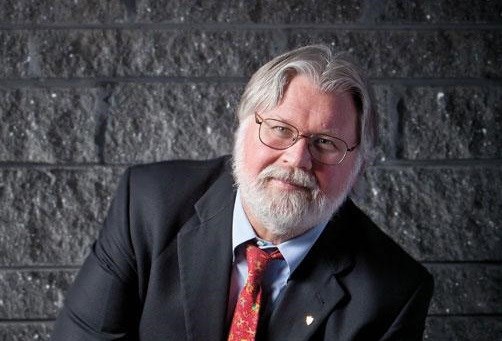Research seminar with Professor Douglas Massey from Princeton University on March 14th
As seats are limited, please register by sending an email to lin.lerpold@hhs.se. First come, first serve basis.
Douglas S. Massey is the Henry G. Bryant Professor of Sociology and Public Affairs, with a joint appointment in The Princeton School of Public and International Affairs. A member of the National Academy of Sciences, the American Academy of Arts and Sciences, and the American Philosophical Society, he is the current president of the American Academy of Political and Social Science and is a member of the Council of the National Academy of Sciences and co-editor of the Annual Review of Sociology. He was the past president of the American Sociological Association and the Population Association of America. Massey’s prolific research focuses on international migration, race and housing, discrimination, education, urban poverty, stratification, and Latin America, especially Mexico. He has served on the faculties of the University of Chicago and the University of Pennsylvania. For an overview of his prolific research: Douglas Massey Publications
The Changing Character of International Migration: Evidence from the United States
Abstract: From 1945 to 1965, the U.S. government sponsored a program that enabled the entry of some 4.5 million Mexicans for temporary labor. When the U.S. Congress terminated that program at the end of 1964 the flow of legal temporary workers was replaced by circular flow of unauthorized workers that from 1965 to 1985 produced little settlement north of the border. However, the militarization of the border from 1985 to 2005 reduced rates of return migration by unauthorized workers and from 1988 to 2008 the unauthorized population rose from 2 million to 12 million. After the year 2000, the inflow slowed down owing to the aging of the Mexican population and from 2008 to 2018 the flow turned negative, and the undocumented population declined. The disappearance of unauthorized migrants prompted the revival of legal temporary migration. By 2018 border apprehensions of Mexicans had reached a record low level while legal temporary entries had peaked at a record high level. Since 2018 legal temporary migration has continued at historically unprecedented levels, but the inflow of unauthorized Mexican workers has been replaced by a new inflow of families from throughout the Americans seeking refuge rather than employment. The shift from migrants seeking to access economic opportunities to migrants seeking to escape threats is a harbinger of future trends not just in the Americas, but throughout the world.




